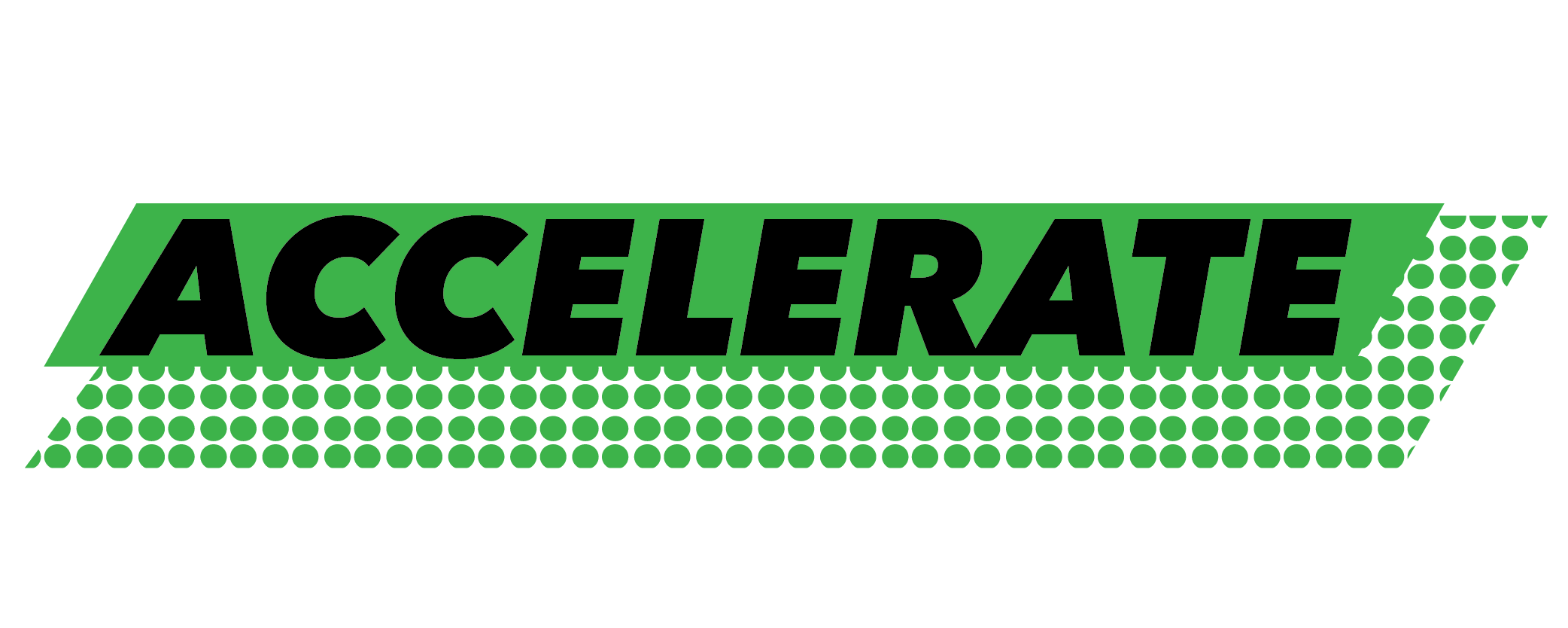Invest and build the foundational technology and information systems that make shared mobility more reliable and available, accessible, and easier to use.
We can make it easier for households and individuals to use shared mobility when we have working systems that connect information between the services and the users. If our information systems are better connected, people will find it easier to look for and choose options, plan their trips, and connect their rides. People will find shared mobility more convenient than using a private car with its requirements for public space, maintenance, and storage.
Most of our information systems are still a patchwork and don’t work as seamlessly as they should to make shared mobility more reliable, available, accessible, and easier to use. Our systems are not interoperable (yet) and we don’t have clear strategies and plans for how we will build and interconnect information systems.
We should:
Build and invest in the capacity of government agencies to use data to lead and strategically manage shared mobility at the system level
Work on the widespread adoption of data standards and data interoperability that allows shared mobility services to be seamless, convenient and equitable, while incorporating the responsible use of data and the protection of individual privacy
Identify the elements (for example, multimodal trip planning, integrated fares) that make shared mobility information more accessible, especially to people with disabilities, the unbanked, and people who don’t have access to mobile devices or the internet
Create and define the discipline, profession, and ethics of Shared Mobility Information Management as a strategic capacity for public agencies and private companies
